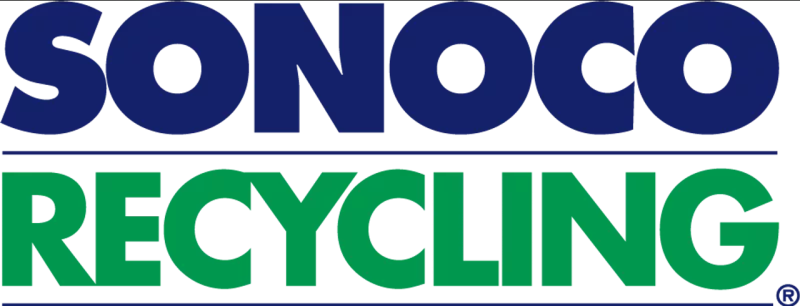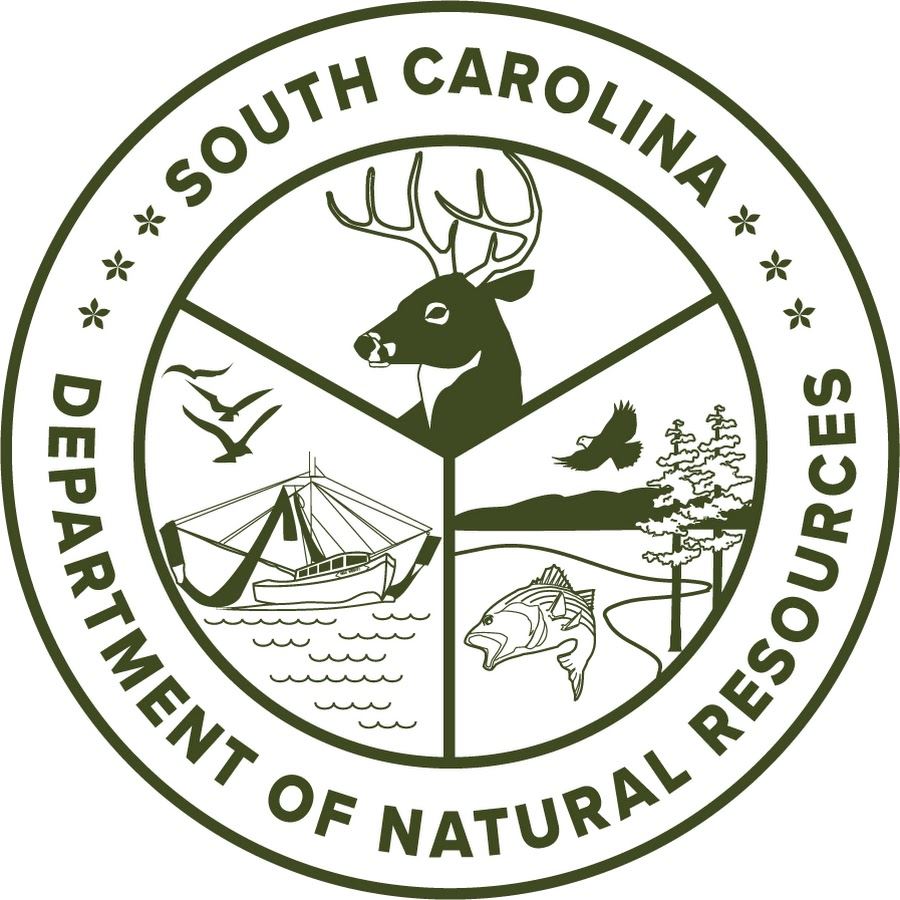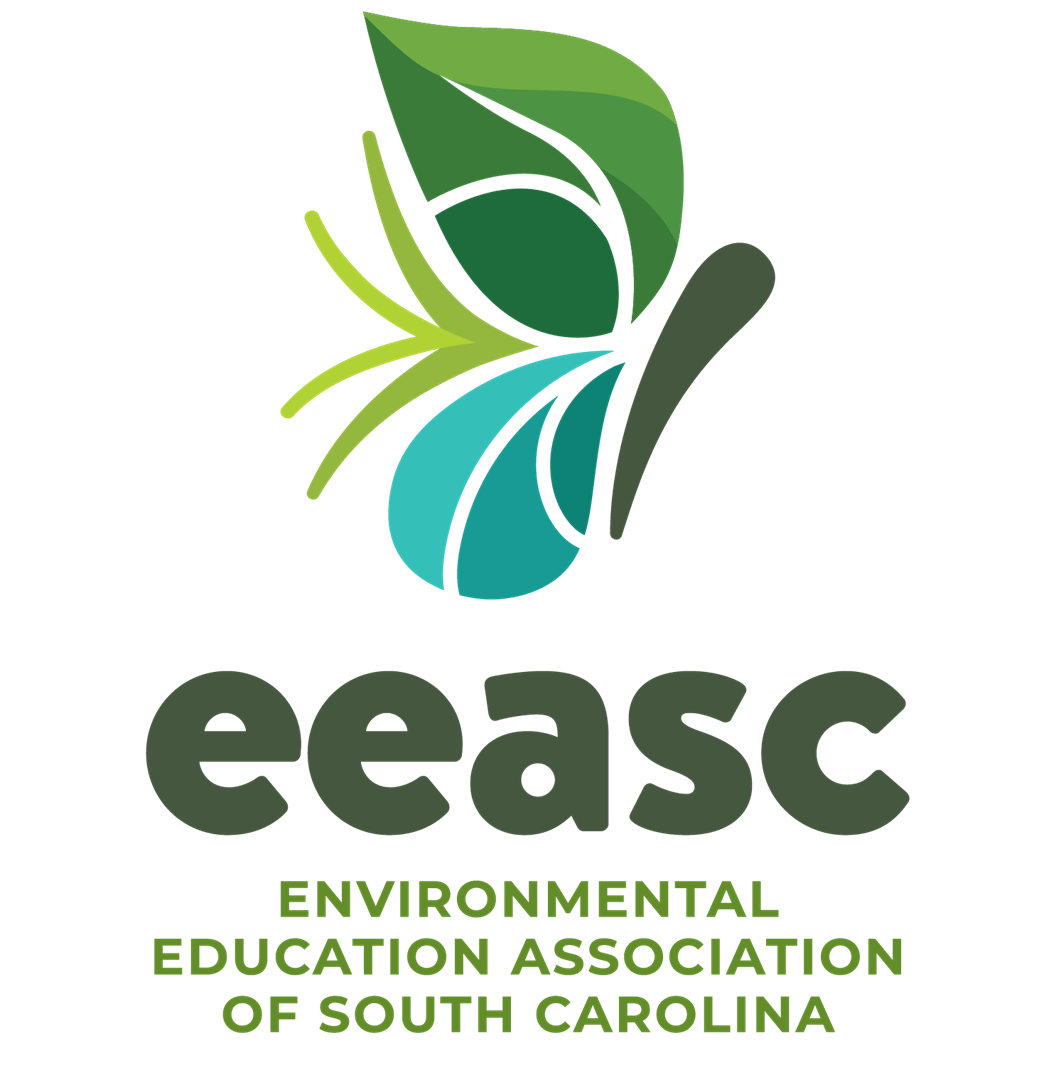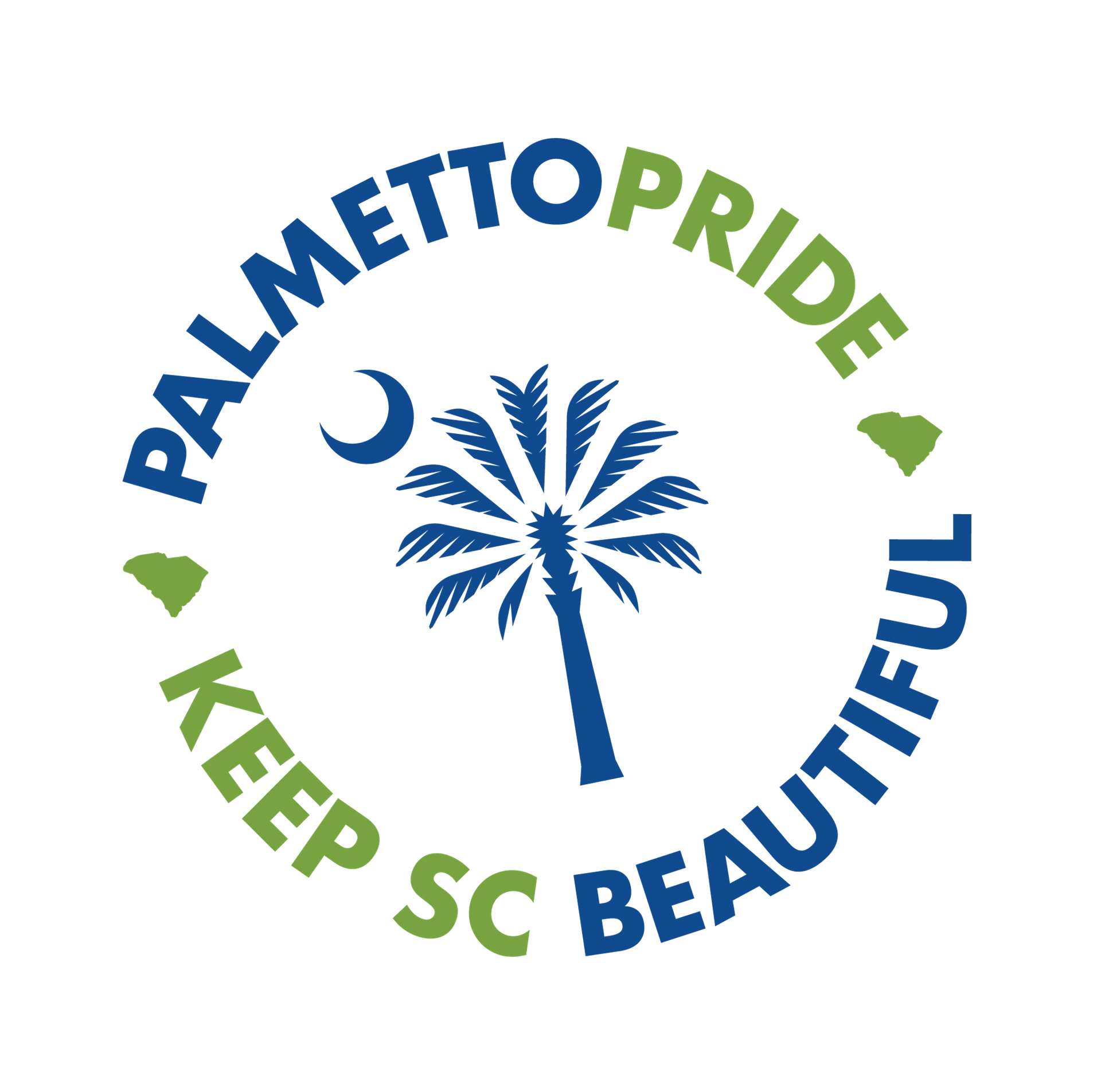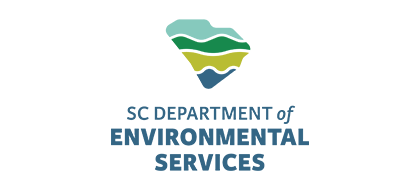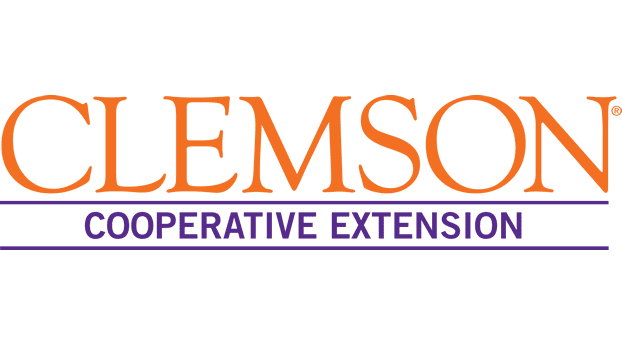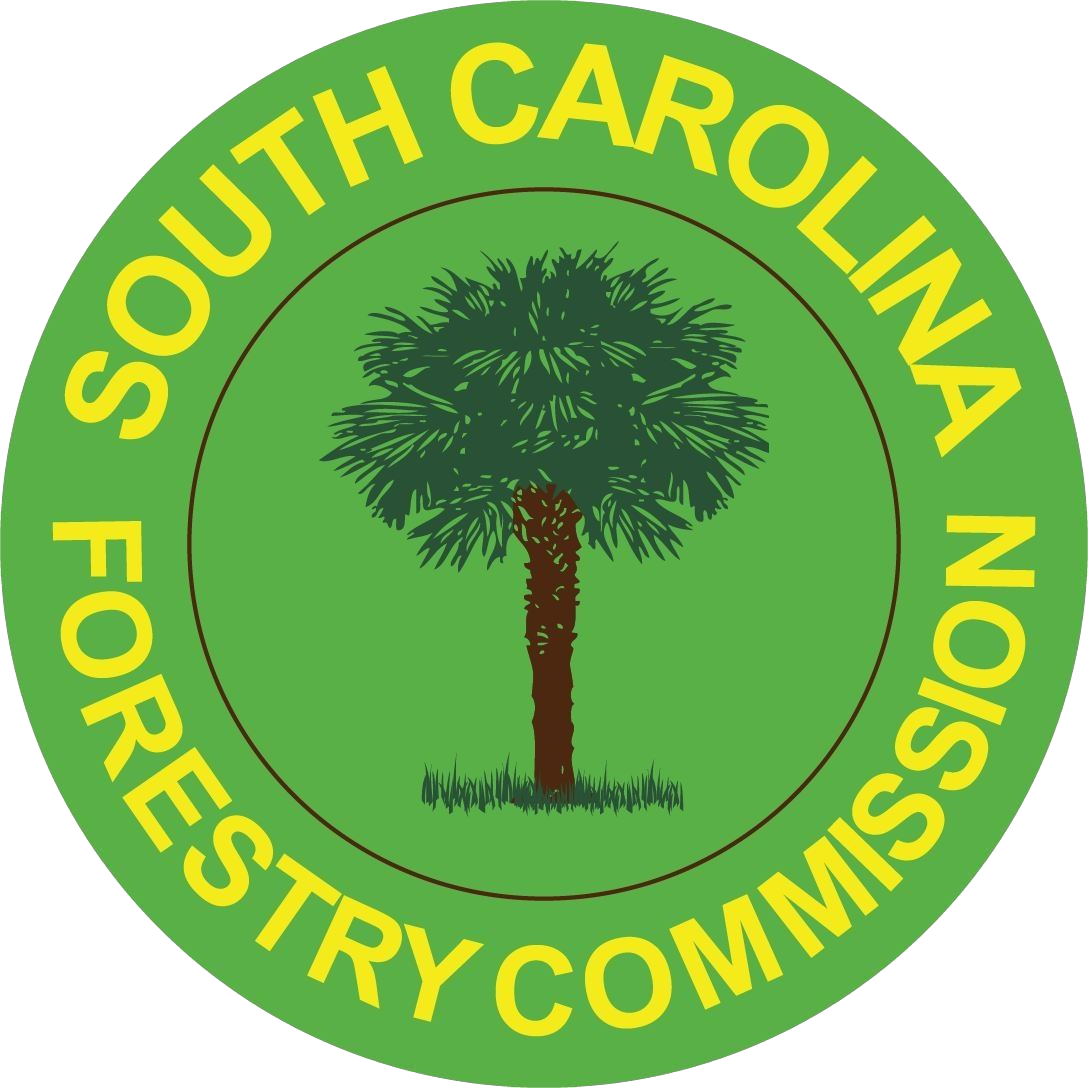Green Steps
What is Green Steps?
The South Carolina Green Steps program, led by the Environmental Education Association of South Carolina, helps schools turn environmental education into action. This program connects teachers with mentors and resources to achieve easy, sustainable school environmental projects at no required cost. Through hands-on, student-led projects, educators and students work together to make their schools—and our state—cleaner, healthier, and more sustainable. Green Steps supports teachers and school staff with resources, training, mentorship, and statewide recognition to grow meaningful conservation projects in areas such as:

History and Impact
By fostering student-led projects, Green Steps inspires young people to take ownership of environmental challenges and equips them with the skills to create positive, lasting change in their communities. Launched in 2003, Green Steps was originally developed through a partnership between the SC Department of Health & Control (now SC Department of Environmental Services), Keep the Midlands Beautiful, and Sonoco Recycling. In 2020, EEASC adopted Green Steps as one of its signature programs.
During the 2023–2024 school year, Green Steps inspired environmental action across the state—engaging 30 mentors, supporting 148 student-led projects, and reaching 43 schools in 13 counties. Together, these efforts empowered more than 5,150 students to make a real difference in their communities.
What are the Green Steps?
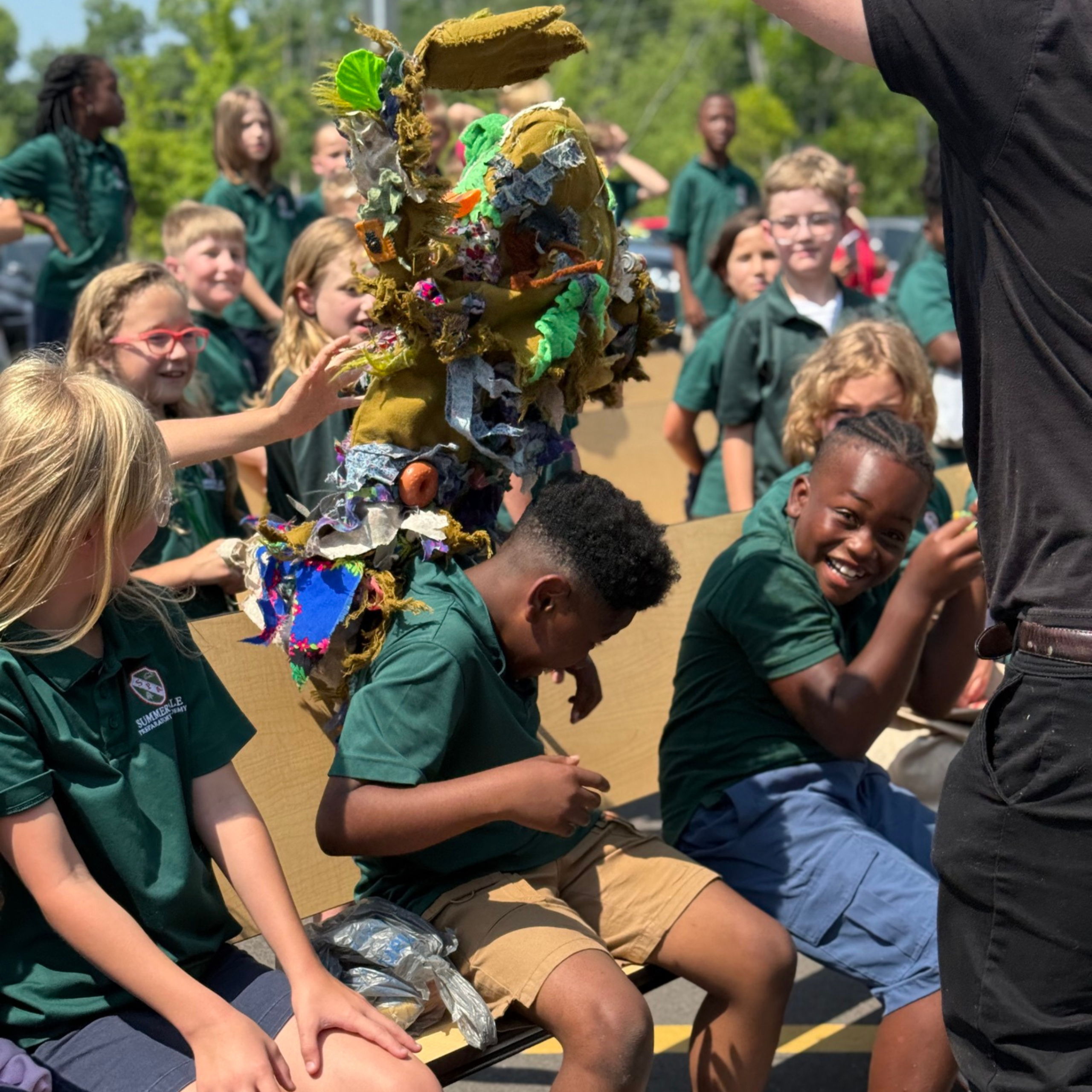
Learn
Students and teachers explore an environmental topic such as recycling, energy conservation, or water quality. They might conduct waste audits, test water samples, or host a guest speaker/topic expert to better understand the issue.
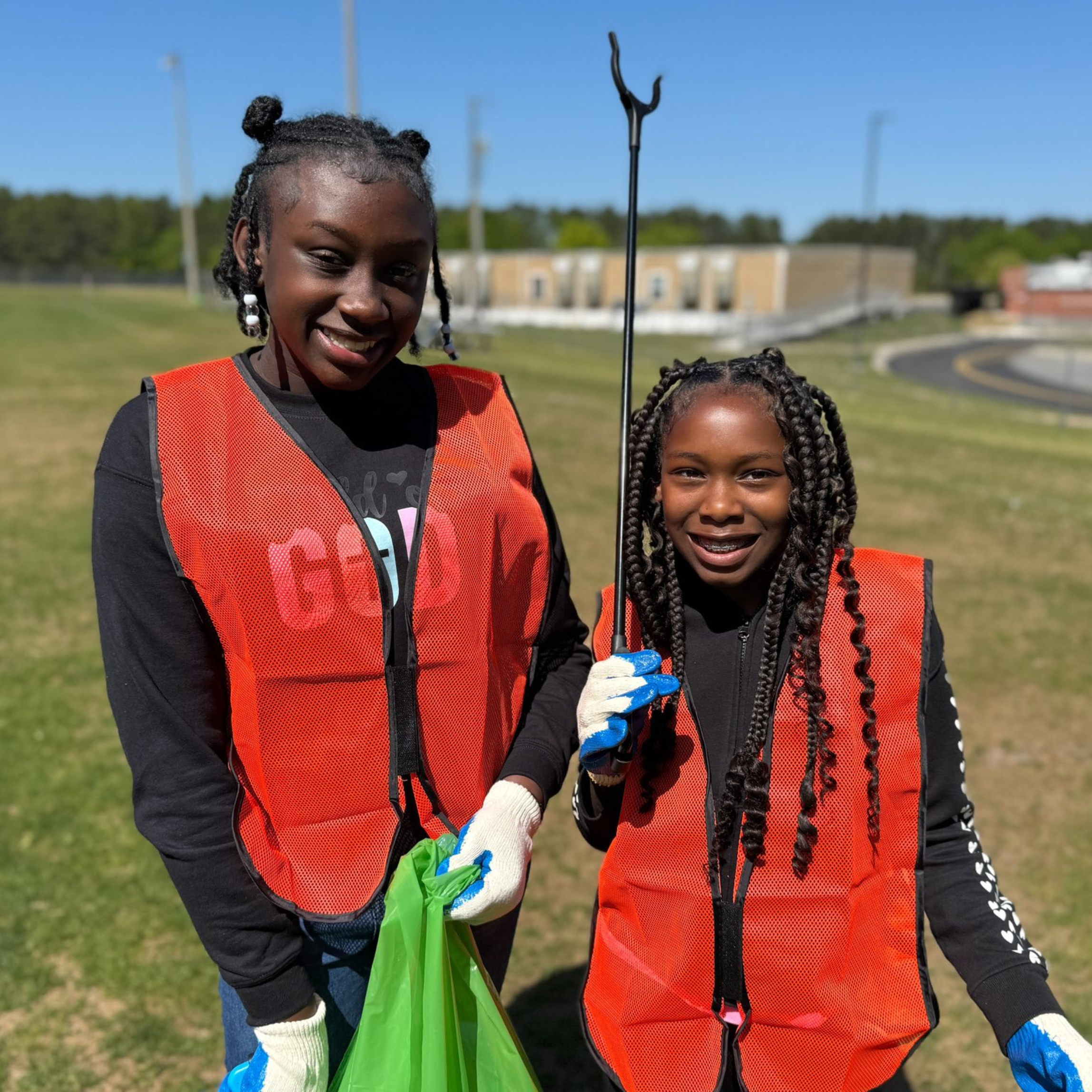
Do
The school puts learning into action by completing a hands-on project—like starting a composting program, planting a pollinator garden, hosting a recycling drive, creating a food share table, fundraising for a cause, or organizing a litter cleanup.

Teach
Students share their knowledge and project results with others through classroom presentations, school assemblies, social media posts, or community events to inspire environmental action and stewardship beyond their campus.





